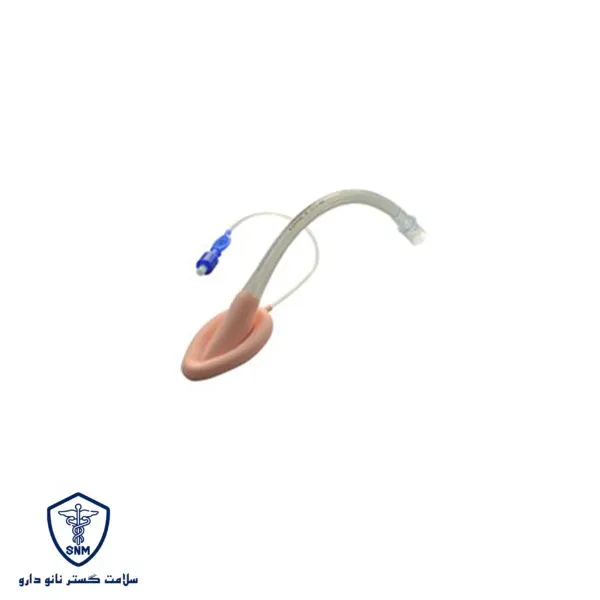The laryngeal mask consists of a short tube connected to an oval-shaped mask designed to sit at the laryngeal inlet. When positioned, the mask’s edges seal against the pharyngeal walls, ensuring smooth airflow into the lungs. The surface of the mask is made from medical-grade silicone or PVC, offering softness, biocompatibility, and resistance to infections. It features an inflatable cuff that, when filled, secures the mask in place and prevents air leakage.
This device is used in various settings, including operating rooms, emergency care, and intensive care units. The laryngeal mask is particularly effective for short surgeries and general anesthesia procedures where full tracheal intubation is unnecessary. It is also a quick and reliable choice for patients with complex airway structures or in situations requiring urgent ventilation.
One of the key advantages of the laryngeal mask is its ease of use, as it does not require complex equipment or advanced intubation skills, making it accessible even to less experienced providers. However, proper placement and inflation of the cuff according to guidelines are essential to avoid excessive pressure and potential tissue damage around the larynx.



Reviews
There are no reviews yet.